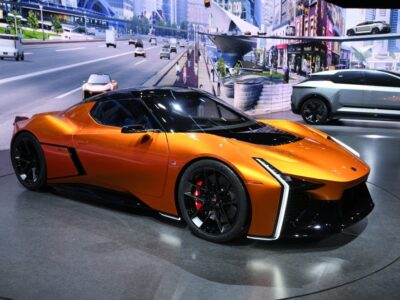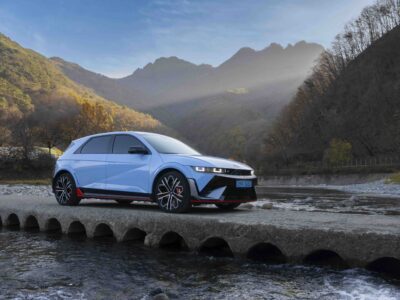Aug. 15, 2022, will go down as an infamous day for American muscle cars. The longtime pride of American motorsport power, the Dodge Challenger and Charger, are being discontinued in their current internal-combustion engine form. The 2023 models will be the final year these muscle cars will be available with gas-powered engines as Dodge’s parent company Stellantis begins sweeping reforms in its car production policy.
Just days after the announcement that the internal combustion engine (ICE) Challenger and Charger would be discontinued, Dodge unveiled plans for a new line of electric vehicles (EVs) for 2024, including a new Charger EV.
The expected 2024 Charger Daytona model will have all the bells and whistles of an original Charger, including the roaring engine sound synonymous with muscle cars.
An e-SUV called the Hornet is expected to follow the Daytona’s release as Stellantis progresses with its plan to switch to EV production by 2030.
The Challenger and Charger had been assembled in Canada when they were launched in the 1960s and 1970s before making a comeback in the mid-to-late-2000s. Production will shutter at the Brampton Assembly Plant in Ontario by December 2023.
Dodge is following the trend of many American carmakers in making the transition from ICEs to electrification, but doing so is no easy task. It will not only have to focus on creating reliable EVs but also find a way to cater to muscle car enthusiasts willing to adopt an electrified Charger or Challenger.
“During the two years, I gotta keep selling all the cars I got because I have a rabid, passionate base of people who love these cars,” commented Tim Kuniskis, Dodge branch CEO. “Then I got other people who are like, ‘Hey, what are you doing for electrification? I’m interested. What are you bringing?’ I gotta keep them both happy.” While he may not be able to meet the demands of all Dodge fans, this path toward electric muscle cars might be able to find a striking balance between old performance and clean vehicles.
The Stellantis executive leadership is prepared, allocating $36 billion for companies’ 14 brands to switch to EVs, part of their Dare Foward 2030 plan.
CEO Carlos Tavares’s nine-year plan is slowly taking shape in Europe and North America, intending to reach 100% electrification for European car brands like Fiat and Peugeot and 50% for North American brands.
“We are expanding our vision, breaking the limits, and embracing a new mindset, one that seeks to transform all facets of mobility for the betterment of our families, communities, and the societies in which we operate,” Tavares said. So far, Stellantis is seeing some decent results with the EV switch.
The automaker already has some impressive statistics to boast about when it comes to electrification. Some of the early Fiat, Peugeot, and Jeep EV and plug-in hybrid models have a range of 500 miles before the next charge, 20 minutes of charge time per mile, a mileage-to-energy use of 4.3 miles every 12 kilowatts, and strong energy storage density in their batteries. The company has laid the groundwork to meet all the points for the Dare Forward 2030 plan. Other brands like Ram Trucks and Jeep have teased new electric models, and now the framework includes the two top muscle cars in America.
As Dodge, along with its sister brands, phases out fossil fuels and heads down the path of electrification, it will more than likely ruffle a few feathers. However, if the engineers at Dodge and Stellantis can make its EVs sound like a Hellcat whipping through a tunnel at top speed, then the EV Charger and Challenger loyalists should be intrigued. Be on the lookout for the EV Charger in 2024.





